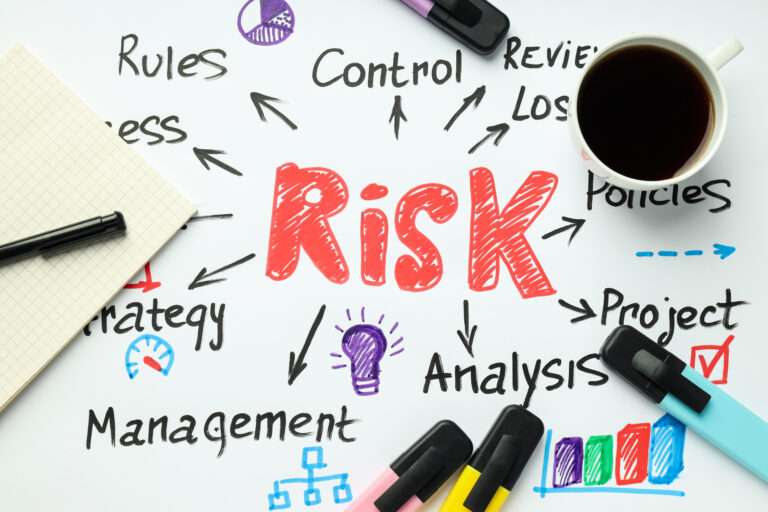
Why SPARX? As an Enterprise Architecture (EA) consultant, I am going into organizations with established
In a previous article on Enterprise Architecture (EA) practice setup, we discussed the challenge of implementing an effective EA practice without complete executive support. Executive air cover can be a panacea for nearly every barrier to setting up an effective EA practice. But how and where does a conscientious leader apply the right leverage to set everyone up for success?
Throughout our experience working with businesses of all sizes, we observe three common barriers that hamper or sabotage the implementation of a practice:
Some organizational processes may already be contributing a sliver of EA value. Although this is a narrow view of the organization, EA is seen as redundant and a frivolous expense. This results in increased effort on the part of the EA team to compete for resources (both people and investment) and dilution of the holistic value of EA to the enterprise.
Similarly, processes for the development and governance of standards occur independently of other domains and nonfunctional requirements, e.g., information security and user experience. The teams accountable for these standards cannot see past what is ideal for their domain and are not incentivized to consider what makes sense for the entire organization.
Many times, standing up a new function is wrapped up as a project to simplify accounting. While this approach is extremely rational and often effective for new investments, attempting to measure the benefit of Enterprise Architecture over a six- to twelve-month project will result in a negative ROI. Pressured to justify the investment, sponsors whittle down the scope of the project to something more tangible and measurable. For example, quantifying only the value of creating an Enterprise Data Model (EDM) to the organization.
Standing up an effective EA practice in six months is perfectly achievable with the support of an experienced partner like Sysonex. However, realizing the full value of EA won’t occur until it is integrated into daily business as usual. Limiting the cost-benefit calculation to that six-month project doesn’t consider that many of the same information collection activities needed to build an EDM can also be used toward the four other architecture domains. By treating the implementation of the function as a project, the exponential benefits of EA two to three years in the future are omitted from the ROI calculations.
Another symptom of the project mindset is scoping and planning technology investments in isolation of one another. This silo mindset fails to recognize the opportunities opened through planning technology investments holistically. As a result, the organization cannot recognize a significant portion of the value of Enterprise Architecture. If it’s not recognized, it can’t be estimated and therefore is not included in the ROI calculation for EA.
Who would you ask to lead a new function in your organization? There’s a good chance the options that just flashed through your mind could fall into one of these categories: a subject matter expert, a current employee who could probably figure it out, or a consulting firm. None of these are inherently wrong answers. Rather the barriers to an effective EA practice come when the members of the EA team have an imbalance between knowledge, experience, personality and cultural fit. We have seen nearly every permutation of these imbalances, sometimes even within a single organization. The result of any imbalance between these characteristics is an incomplete EA practice, at best, at worst an utter failure.
An executive sponsor needs someone they can trust to have accurate knowledge and sufficient experience to serve as an advisor and stalwart guide, especially early on. They also need a team that can collaborate with the rest of the organization and navigate the existing culture and resistance to change, to ensure the function takes root for the long term.
There are as many ways to address these barriers as there are businesses that use technology. The most effective method will depend on the organization; however, we assert that the desired outcomes for an effective EA practice are the same.
With support from their knowledgeable advisor, an executive sponsor should ensure their organization is working toward these changes to their “business as usual”:
Want to learn more about our ideas and thought leadership, please read the following. If there are any areas of interest from your organization, please feel free to reach out to us.

Why SPARX? As an Enterprise Architecture (EA) consultant, I am going into organizations with established

Bangladesh and digital banking Bangladesh is rapidly embracing digital banking, with more and more people

In an era defined by constant change and uncertainty, businesses in Bangladesh are facing an

Creating an architecture review board (ARB) software involves developing a tool that supports the review,
©2024 Sysonex. All Rights Reserved

Your form has been successfully submitted. Go to the next step to get a free Sysrisk user license.